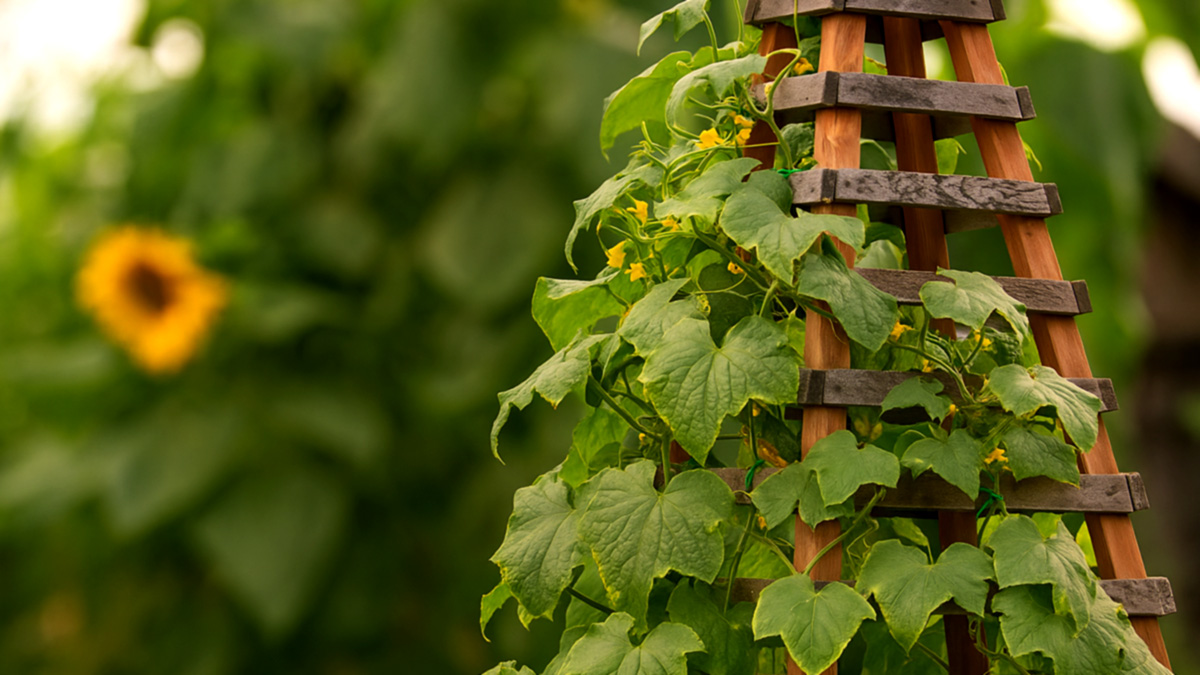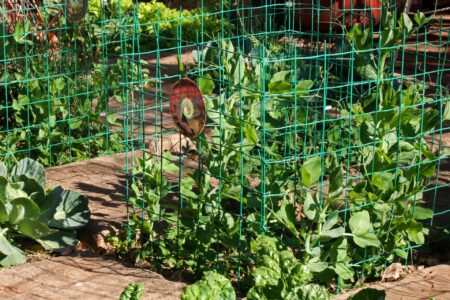Best Climbing Vegetables to Grow in Small Gardens

When space is limited, growing upward instead of outward can transform how you garden. Climbing vegetables make the most of small areas, producing generous harvests without crowding the ground. With the right plants and supports, even the tiniest garden can become both productive and beautiful.
Why grow climbing vegetables
Climbing vegetables are a smart solution for gardeners with limited space. They grow upward instead of outward, allowing you to make the most of small yards, patios, or balconies. Growing vertically also improves airflow, reduces disease, and makes harvesting easier on your back.
Choosing the right climbing vegetables
Before planting, consider your local climate, available sunlight, and how much space you can dedicate. Some climbers are annuals that need replanting each year, while others are perennials that return season after season. Choose varieties suited to your growing zone and the amount of direct sunlight your garden receives.
Essential supports and structures
Most climbing vegetables need some type of support to thrive. Trellises, stakes, cages, and archways help vines climb and keep fruit off the ground. For small spaces, you can build DIY supports using bamboo poles, garden netting, or even repurposed furniture. Position these structures where plants can get full sun and good airflow.
Best climbing vegetables for small gardens

Beans
Pole beans, runner beans, and yardlong beans are excellent options for small gardens. They grow quickly and yield heavily throughout the summer. Plant them near a sturdy trellis or pole system, and keep the soil consistently moist for best results.
Peas
Peas are ideal for early spring or cooler climates. Varieties like sugar snap and snow peas perform well when given a lightweight trellis or netting to climb. To extend the harvest, plant successive crops every few weeks until the heat of summer sets in.
Cucumbers
Climbing cucumbers make perfect candidates for vertical gardening. By growing upward, the fruit develops straight and remains cleaner, with better airflow around the vines. Keep the soil evenly moist, and feed regularly to encourage steady fruiting through the season.
Tomatoes
Indeterminate tomato varieties are natural climbers that keep growing and producing until frost. Use strong supports such as cages, stakes, or string systems to manage their weight. Pruning side shoots helps maintain airflow and directs the plant’s energy toward ripening fruit.
Zucchini and squash
Vining zucchini and smaller squash varieties can easily be trained up a trellis to save space. This approach prevents overcrowding and reduces the risk of powdery mildew. Support developing fruits with netting or cloth slings if needed to avoid strain on the vines.
Gourds and melons
Compact gourd and melon varieties can thrive vertically when given sturdy supports. Because the fruit can become heavy, choose a strong trellis and secure the vines with soft ties. In cooler regions, hand-pollination and plenty of sunlight help ensure even ripening.
Container-friendly climbing vegetables
Climbing vegetables also perform well in containers when grown with care. Mini cucumber varieties, dwarf beans, and cherry tomatoes adapt easily to deep pots. Use vertical stakes or small trellises within each container to support the plants and prevent tangling.
Consistent watering is essential since containers dry out faster than garden beds. Feed with a balanced liquid fertilizer every two weeks to keep growth strong. With the right setup, even a balcony can produce a steady supply of fresh vegetables.
Care and maintenance tips
Regular pruning helps manage growth and keeps vines healthy. Tie stems loosely to supports as they grow to prevent breakage in windy conditions. Deep watering encourages roots to grow downward, which stabilizes the plants and improves drought resistance.
Keep an eye out for pests like aphids or beetles that can gather on climbing plants. Inspect leaves regularly and remove damaged sections before problems spread. Maintaining good airflow and spacing helps reduce the chance of fungal diseases.
Maximising yield in small gardens
Companion planting can help maximize productivity in tight spaces. Grow climbing vegetables alongside lower-growing herbs or leafy greens to make full use of vertical and horizontal space. Successive planting ensures a constant harvest throughout the season.
Light is crucial for compact gardens, so avoid crowding and use reflective surfaces to bounce sunlight back onto shaded areas. With thoughtful planning, even the smallest gardens can produce impressive yields.
Creative ideas for vertical gardening
Climbing vegetables can double as decorative features in your garden. Repurpose old ladders, fences, or pallets into supports that add charm and structure. Combining edible plants with flowering vines like nasturtiums or morning glories creates a colorful and productive display.
For a modern look, use metal grids or hanging systems that let vines grow upward along walls. This not only saves ground space but also adds greenery to otherwise unused vertical surfaces. Whether rustic or contemporary, vertical gardening offers endless creative possibilities.
Conclusion
Climbing vegetables prove that limited space doesn’t mean limited potential. By using vertical supports and choosing the right varieties, you can enjoy abundant, healthy crops from even the smallest garden. With a little planning, your walls, fences, and trellises will soon be overflowing with fresh produce.
